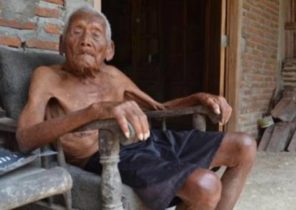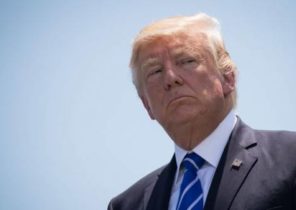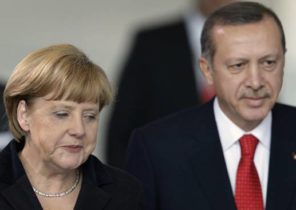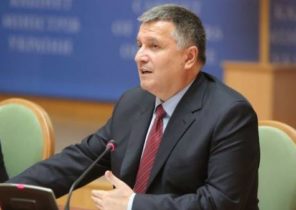
The Ukrainian army and militias fighting for control over the industrial area of this working town. Two years after the signing of the Minsk agreements, the peace process failed.
In avdeevke the weapon is almost never silent. Within three years, the city in Eastern Ukraine is the arena of the frozen conflict between the Ukrainian army and the separatists supported by Russia.
Taken by the militia in April, and then recaptured by the army in July 2014, the city remains the “hottest spot”, said a member of the Organization for security and cooperation in Europe (OSCE).
The pace and intensity of the fighting in Avdeevka vary depending on a variety of motives that often elude foreign observers. After armed clashes in 2014 and in winter 2015, the last three days are the most brutal and murderous, affecting the city. Hundreds of shells falling on the position of the Ukrainian army and militia positions bordering the industrial areas and the private sector.
Strategic area
Unfortunately Avdeevka located in a strategic location of the front line extending to the Russian border from the Azov sea. Climbing on top of the boulders you can see Donetsk, the capital of the rebels self-proclaimed Donetsk national Republic (DND) located just ten kilometers of bird flight. The city is the largest coke plant in Europe, which stopped production because of the bombing.
The rebel artillery damaged a gas required to heat the dilapidated buildings with broken shells Windows and damaged facades. Living conditions have become commonplace in war-torn Donbas: according to the OSCE tens “of thousands of people were left without electricity and water on both sides of the line”.
If the heating is not restored, the military plan to evacuate from the Town of 20 thousand inhabitants. After the Exodus in 2014-2015, two-thirds of the population returned into the city, despite daily the roar of guns, which residents no longer flinch. The majority of the population hastily equipped a shelter in the yard filled with canned food and candles, and the basements of their houses to hide from the shelling.
Hundreds of violations of the ceasefire every day
The civilians of the towns and villages living on the frontline have witnessed the failure of the Minsk agreements signed on 13 February 2015 by representatives of Ukraine, Russia and the militias under the supervision of France and Germany. Designed for rapid achievement of a final peace settlement, the Treaty provided for the withdrawal of heavy weapons, the establishment of the special status of Donbass and the withdrawal of foreign troops.
Two years later, none of the thirteen points of the contract had not been fully implemented by the warring parties. Separatist territories was subjected to economic blockade. Military equipment is moved and then returned to their original positions. The exchange of prisoners and negotiations on the political future of the breakaway regions lead to endless bargaining and are in openly “hostile” atmosphere, according to diplomats.
The military who are on the front line accuse each other of violations of the cease-fire provoking retaliatory actions. Observer delegations from the OSCE daily record hundreds of cases of violations of the cease-fire while blaming neither Kiev nor the militias.C beginning in January, observers say the escalation of the conflict noting the presence of tanks and heavy artillery. As if obeying, or at least the appearance of compliance with the Minsk agreements don’t care about the military.
The protracted conflict
• 13 APR 2014, Kiev unleashes “anti-terrorist operation” to regain areas controlled by the separatists.
25 Aug 2014 — the beginning of counterattack of militias, supported by Russian regular troops, which leads to a series of defeats of the Ukrainian army. 5 September in Minsk signed an agreement on a cease-fire. Fighting resumed a few weeks later.
• February 12, 2015 — the signing of the Minsk 2 agreements between Kiev and militias under the mediation of France and Germany in the presence of Vladimir Putin. The text of the agreement establishes the provisions of the Minsk agreements, restores the cease-fire and expanding the buffer zone, which must be withdrawn heavy weapons. This agreement involves only the peaceful settlement of the conflict.
• 2016 — Fights along the front line continue, despite a series of truces. The last truce was declared on Christmas.







